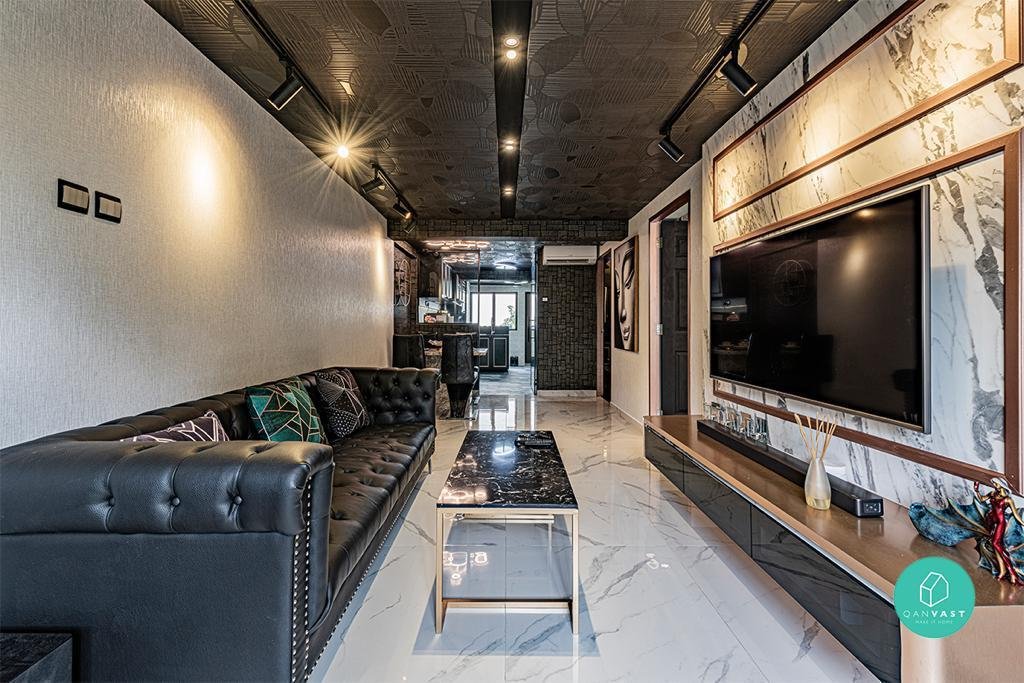Maximizing Style and Functionality in Interior Design: The Perfect Balance
When it comes to designing our living spaces, finding the perfect balance between style and functionality is key. A well-designed interior should not only be visually appealing but also serve its intended purpose. By maximizing both style and functionality, homeowners can create spaces that are not only aesthetically pleasing but also efficient and practical. In this article, we will explore various strategies and tips for achieving the ideal blend of style and functionality in interior design.
Thoughtful Space Planning:
Effective space planning is the foundation of a functional and stylish interior. It involves considering the flow of movement, optimizing furniture placement, and creating designated areas for different activities. By carefully analyzing the available space and its requirements, homeowners can design layouts that maximize functionality while maintaining a visually pleasing arrangement.
Smart Storage Solutions:
Incorporating ample storage is essential to maintain an organized and clutter-free environment. Utilize smart storage solutions such as built-in cabinets, multifunctional furniture with hidden compartments, and wall-mounted shelving systems. By seamlessly integrating storage into the design, you can minimize visual clutter and keep essentials within easy reach.
Multipurpose Furniture:
Opt for furniture pieces that offer both style and functionality. Multipurpose furniture, such as ottomans with hidden storage or convertible sofas, can serve dual purposes, saving space while providing added functionality. This approach allows you to make the most of your available square footage without compromising on style or convenience.
Lighting Design:
Lighting plays a significant role in both style and functionality. Incorporate a layered lighting scheme that includes ambient, task, and accent lighting. Ambient lighting creates a warm and inviting atmosphere, while task lighting ensures adequate illumination for specific activities. Accent lighting highlights architectural features or focal points, adding visual interest and enhancing the overall design aesthetic.
Color and Texture:
Strategically choose colors and textures that enhance both style and functionality. Opt for a cohesive color palette that reflects your personal taste while maintaining visual harmony. Consider the functionality of the space when selecting materials and textures. For high-traffic areas, choose durable and easy-to-clean finishes, while in cozy spaces, incorporate soft and comforting textures that evoke a sense of relaxation.
Balance Openness and Privacy:
Balancing the desire for an open and airy space with the need for privacy is crucial in interior design. Consider using room dividers, sliding doors, or curtains to create zones that offer both privacy and an open feel. This way, you can maximize functionality and create adaptable spaces that cater to different needs.
Maximizing style and functionality in interior design requires thoughtful planning and a balanced approach. By considering space planning, storage solutions, multipurpose furniture, lighting design, color and texture choices, and finding the right balance between openness and privacy, homeowners can create spaces that are both visually appealing and highly functional. Remember, the key lies in creating an environment that not only reflects your personal style but also enhances your everyday living experience. With careful consideration and attention to detail, you can achieve the perfect blend of style and functionality in your home.


